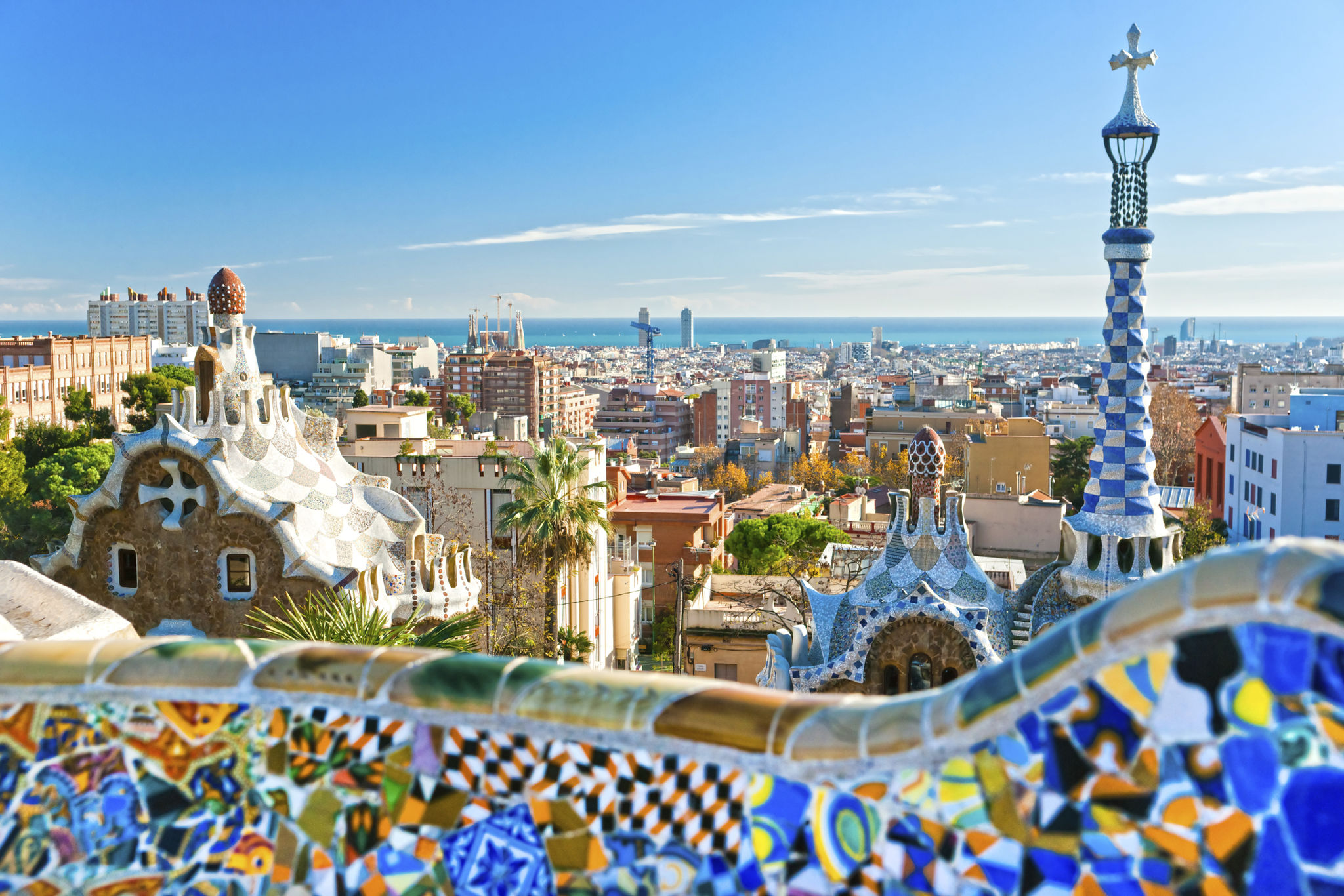The History and Evolution of Mosaic Art in Spain
Early Beginnings of Mosaic Art in Spain
Mosaic art has a rich history in Spain, dating back to the Roman era. The Romans introduced mosaics to the Iberian Peninsula around the 1st century BC. These early mosaics, often found in villas and public baths, were created using small, colored stones and tiles to depict scenes from mythology, everyday life, and nature.
The craftsmanship involved in these early mosaics was remarkable, with artisans demonstrating a keen eye for detail and color. As Roman influence spread throughout the region, so did the popularity and sophistication of mosaic art. This period laid the foundation for what would become a significant aspect of Spain's artistic heritage.

The Islamic Influence During the Al-Andalus Period
The arrival of the Moors in the 8th century brought about a new wave of cultural and artistic influences, including advancements in mosaic art. During the Al-Andalus period, Spanish mosaics began to incorporate intricate geometric patterns and arabesque designs, reflecting Islamic artistic traditions.
Mosques and palaces from this era, such as the Alhambra in Granada and the Mezquita in Córdoba, showcase stunning examples of Islamic mosaic art. These works are characterized by their use of vibrant colors and complex patterns, demonstrating a fusion of Roman techniques with Islamic aesthetics.

The Renaissance Revival
With the Reconquista and the subsequent rise of the Renaissance in Spain, mosaic art experienced a revival. Spanish artists began to explore new themes and techniques, drawing inspiration from both classical and contemporary sources. During this period, religious institutions became significant patrons of mosaic art, leading to the creation of elaborate church altars and chapels adorned with mosaic decorations.
This era saw a renewed appreciation for the classical styles of ancient Rome and Greece, combined with the innovations introduced by Islamic artists. The Renaissance period marked a time of experimentation and growth for Spanish mosaics, as artists sought to capture the grandeur and beauty of their surroundings.

Modern Developments and Gaudí's Influence
The late 19th and early 20th centuries brought about significant changes in the world of mosaic art, thanks in large part to the work of Antoni Gaudí. Gaudí's architectural masterpieces, such as Park Güell and the Sagrada Família in Barcelona, feature some of the most iconic examples of modern mosaic art.
Gaudí's approach was characterized by his innovative use of color and form, often incorporating broken ceramic tiles into his designs. This technique, known as "trencadís," became a hallmark of Catalan modernism and continues to influence artists today. Gaudí's work revitalized interest in mosaic art, paving the way for contemporary artists to explore new possibilities.

Contemporary Mosaic Art in Spain
In recent years, Spanish mosaic art has continued to evolve, with contemporary artists pushing the boundaries of traditional techniques. Today, mosaics can be found in public spaces, private homes, and galleries throughout Spain. Artists are experimenting with new materials, such as glass and metal, to create vibrant works that reflect modern themes and technologies.
The legacy of Spain's rich mosaic history is evident in these contemporary pieces, which often pay homage to the past while embracing innovative approaches. The continued popularity of mosaic art in Spain speaks to its enduring appeal and its ability to adapt to changing artistic trends.

The Global Impact of Spanish Mosaics
Spanish mosaic art has not only enriched the country's cultural landscape but has also left a lasting impact on artists worldwide. The techniques and styles developed over centuries have influenced countless artists beyond Spain's borders, contributing to the global appreciation for this intricate art form.
From ancient Roman designs to modern interpretations by Gaudí and his successors, Spanish mosaics have captured the imagination of artists and art lovers alike. As new generations continue to explore this timeless medium, mosaic art remains an integral part of Spain's artistic identity.
